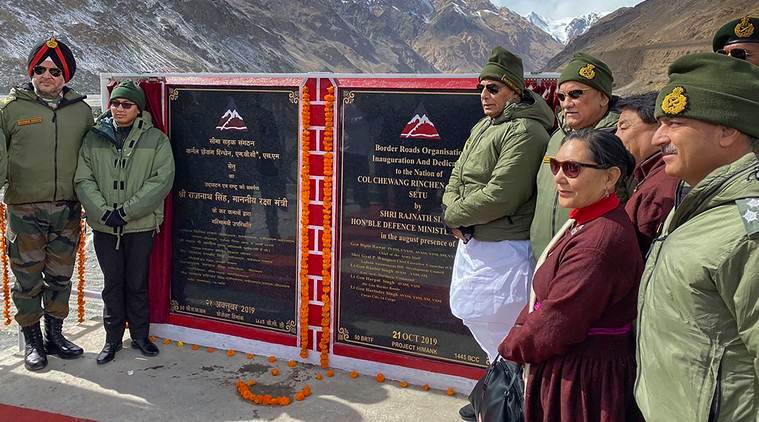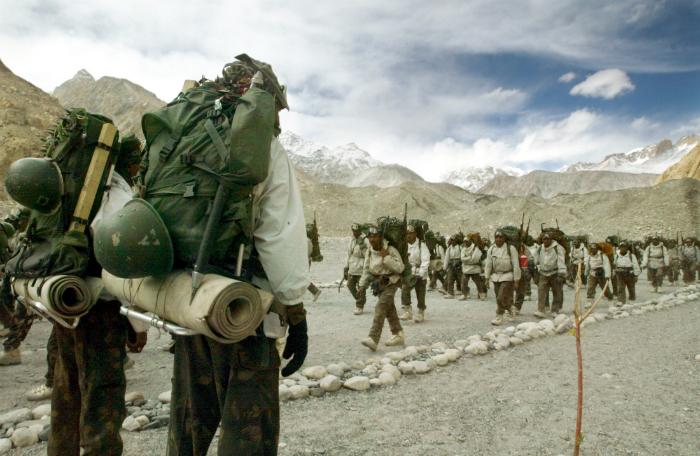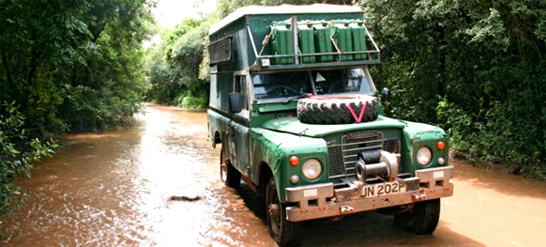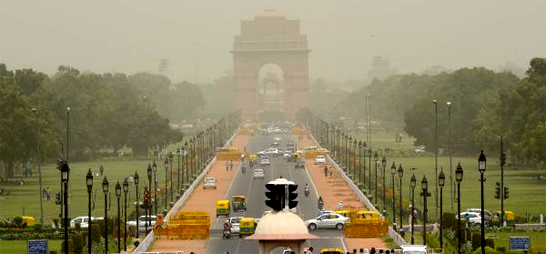World’s Highest and most rare Battle Field Siachen Glacier is now open for the tourist. Until recently, the Indian Army did not allow civilians to access the premises near Siachen Glacier other than the locals who live nearby and serve as porters for the forces. Only select few journalists and enthusiasts have been allowed so far. During the opening of important bridge “Col Chewang Rinchen Setu” constructed by BRO (Border Road Organisation).

This bridge will connect Durbuk with Daulat Beg Oldi. On this occasion he also declared the opeing of tourism to Siachen Glacier. He officialed declared this by tweeting “Ladakh has tremendous potential in Tourism. Better connectivity in Ladakh would certainly bring tourists in large numbers. The Siachen area is now open for tourists and Tourism. From Siachen Base Camp to Kumar Post, the entire area has been opened for Tourism purposes.”
History
Siachen Glacier was formally known as the Saicher Gharni. It means the place of roses – Sia (rose), chen (place of). It is also the world’s highest battle ground ever. India and Pakistan have been continuously fighting since 1984. Both the countries have permanently maintained military personnel on the glacier. Both the countries are paying heavy price for the Siachen Glacier.
Continuous snowfall dips the temperature as low as minus 60 degree
Siachen Glacier is one of the most trecherous areas of the world & is purely under the Indian Army. As of now civilians did not had access to this restricted area. Indian Army have their post at 15,000ft to 20,000ft altitude. As per the records, on 13 April 1984, Indian troops snatched control of the Siachen glacier in northern Kashmir, narrowly beating Pakistan. Siachen shares its border with China & Pakistan and due to which the Indian Army guards this place.

In 1984 the Pakistan Army planned to capture this area. As the Indian Intelligence was aware of this act, the Indian Army acted fast and launched a mission named Operation Meghdoot. The first phase of the operation began in March 1984 with the march on foot to the eastern base of the glacier. The first unit to establish position on the heights of the glacier was led by Major (later Lieutenant-Colonel) R. S. Sandhu. The next unit led by Captain Sanjay Kulkarni secured Bilafond La. The remaining forward deployment units then marched and climbed for four days under the command of Captain P. V. Yadav to secure the remaining heights of the Saltoro Ridge. By April 13, approximately 300 Indian troops were dug into the critical peaks and passes of the glacier.
Handicapped by the altitude and the limited time, Pakistan could only manage to control the Saltoro Ridge’s western slopes and foothills despite the fact that Pakistan possessed more ground accessible routes to the area, unlike Indian access which was largely reliant on air drops for supplies due to the steeper eastern side of the glacier.
Upcoming Issue
There are ecological and security concerns being raised as well. Siachen is already reeling under heavy military presence. The thermal footprint of soldiers deployed is causing the snout of the glacier to melt. Then there is the issue of garbage. It has taken the army 1.5 years to clean up Siachen and remove 130 tonnes of waste from the snowy heights. The army generates 236 tonnes of waste every year and more people will mean more waste.
The question then arises as to why the government decided to announce that it is opening up Siachen to tourists. Speaking at a closed-door seminar a couple of weeks ago, Army Chief General Bipin Rawat had spoken about how opening up treacherous battlefields like Siachen would give civilians a better appreciation of how soldiers live and work. National integration is a stated aim as well.

Sources: News18, Dawn, India Times, The Quint



